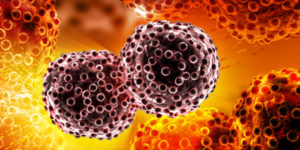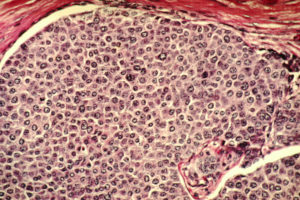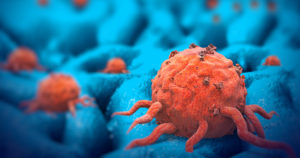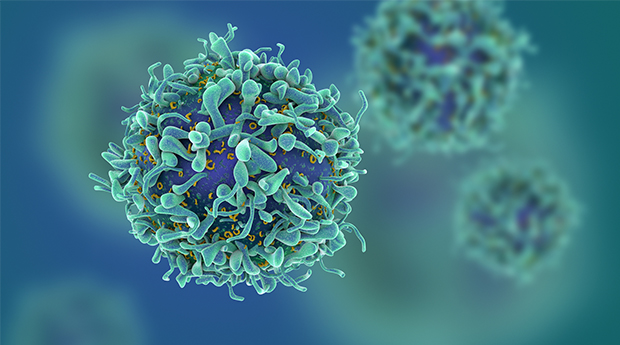Researchers say they’ve discovered an atomic off button that when enacted demolishes malignant growth cells. As per new research, microRNA can be utilized to send harmful cells a self-destruct message which they can’t overlook. By fusing this instrument into another treatment, it could be conceivable to free the collection of malignant growth without experiencing the agony of chemotherapy.
Already, scientists at Northwestern University depicted a component by which each cell in the body can be modified for obliteration. Presently, a similar research group has detailed that they’ve figured out how to break the ‘code’ required to start this succession.

Writing in the diary Nature Communications, the writers detailed that the directions of cell demise are accessible as data in ribonucleic corrosive (RNA) and in microRNAs. In particular, they utilized little meddling (si)RNAs to trigger poisonous quality in malignancy cells, a procedure ordinarily initiated by chemotherapy. Before they touched base at the triumphant equation comprising of six nucleotides (6mers) present in little RNAs, the specialists tried 4,096 unique blends of nucleotide bases.

In 2018, an expected 1,735,350 new instances of malignant growth will be analyzed in the United States and 609,640 individuals will pass on from the infection.
The most widely recognized malignant growths (recorded in slipping request as indicated by evaluated new cases in 2018) are bosom disease, lung and bronchus malignancy, prostate malignant growth, colon and rectum malignant growth, melanoma of the skin, bladder malignancy, non-Hodgkin lymphoma, kidney and renal pelvis disease, endometrial malignancy, leukemia, pancreatic malignancy, thyroid disease, and liver malignant growth.

By consolidating the atomic ambassadors distinguished by the new examination into another treatment, analysts would like to free patients of malignant growths without managing chemo’s incapacitating symptoms. It might take numerous years prior to this occurs, however the promising outcomes propose that one-day disease could be dealt with securely.
Source: ZME Science









